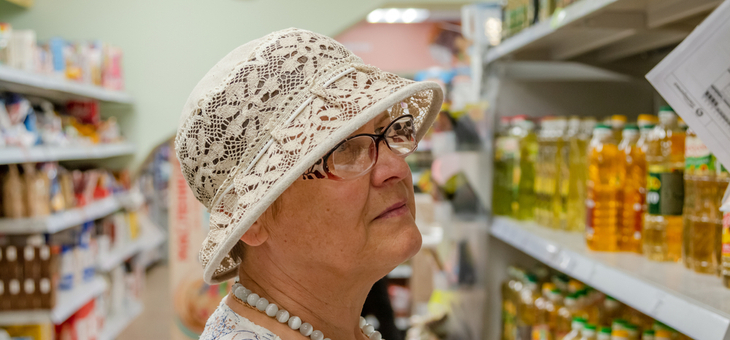If you think you are doing it tough in lockdown, you may be right.
Australian retirees are doing it tougher than the general population, thanks to the rising costs of retirement in the June quarter.
Figures from YourLifeChoices’ Retirement Affordability Index (RAI) and the Association of Superannuation Funds of Australia’s (ASFA) Retirement Standard indicate that June costs rose for all retirees, from the fully self-funded to the cash-strapped.
Read: Personality predicts how you will spend money in retirement
The figures in the August edition of the RAI showed that the annual expenditure for a ‘well-off’ couple rose to just over $78,000 after the June quarter cost-of-living increases were taken into account.
The ASFA figures, by comparison, showed that couple aged around 65 living a comfortable retirement needed to spend around $63,352 per year and singles around $44,818, which was an increase of 0.8 per cent and 0.9 per cent respectively.
ASFA chief executive Dr Martin Fahy said that over the year to June 2021, prices were up by around 2.3 per cent for retiree couple living comfortably and 2.6 per cent for singles in the same situation.
Read: Finding the best age to retire
“Price increases faced by retirees have begun to accelerate following a period when COVID-19 led suspensions or delays in key costs such as health insurance,” Dr Fahy said.
“We’re seeing significant increases in the price of essentials, namely petrol (+27.3 per cent), hospital and medical services (+6.7 per cent) and even basic fruit and vegetables.”
The Australia Institute’s senior economist, Matt Grudnoff, said that while the figures showed a large jump in inflation, there was no need to panic.
Read: Claims Retirement Income Covenant overlooks majority of retirees
“The drivers of inflation this quarter were transport, healthcare and household furnishings and equipment,” Mr Grudnoff said.
“The main driver of the healthcare increase was the rise in private health insurance premiums (+2.4 per cent).”
The RAI and the Retirement Standard both agree that price increases for retirees were considerably higher than the underlying rate of inflation.
“Small price rises across the board can add up to have a big impact on the average retiree budget,” Dr Fahy explained. “The cost of retirement is now 2 to 3 per cent more expensive, on average, than a year ago.
“It’s so important that future retirees are able to build sufficient savings over their working lives to ensure they can face retirement with financial confidence. Moving Australia to the 12 per cent Superannuation Guarantee (SG) setting is an excellent step towards achieving this goal.”
Robin Bowerman, head of market strategy and corporate affairs at Vanguard Australia, wrote in the August edition RAI that retirees might have to adjust their spending patterns to deal with market instability.
“Assuming that the cost of living increases by 3 per cent year on year for the next 30 years, your expenses will double in that timeframe,” he explained.
“Reducing your spending slightly in step with your reduced portfolio balance might ease financial stress and help you navigate through the crisis. Once markets settle, then spending plans can be revisited.”
Have you noticed a jump in household costs? What were the main culprits? Why not share your thoughts in the comments section below?
If you enjoy our content, don’t keep it to yourself. Share our free eNews with your friends and encourage them to sign up.

